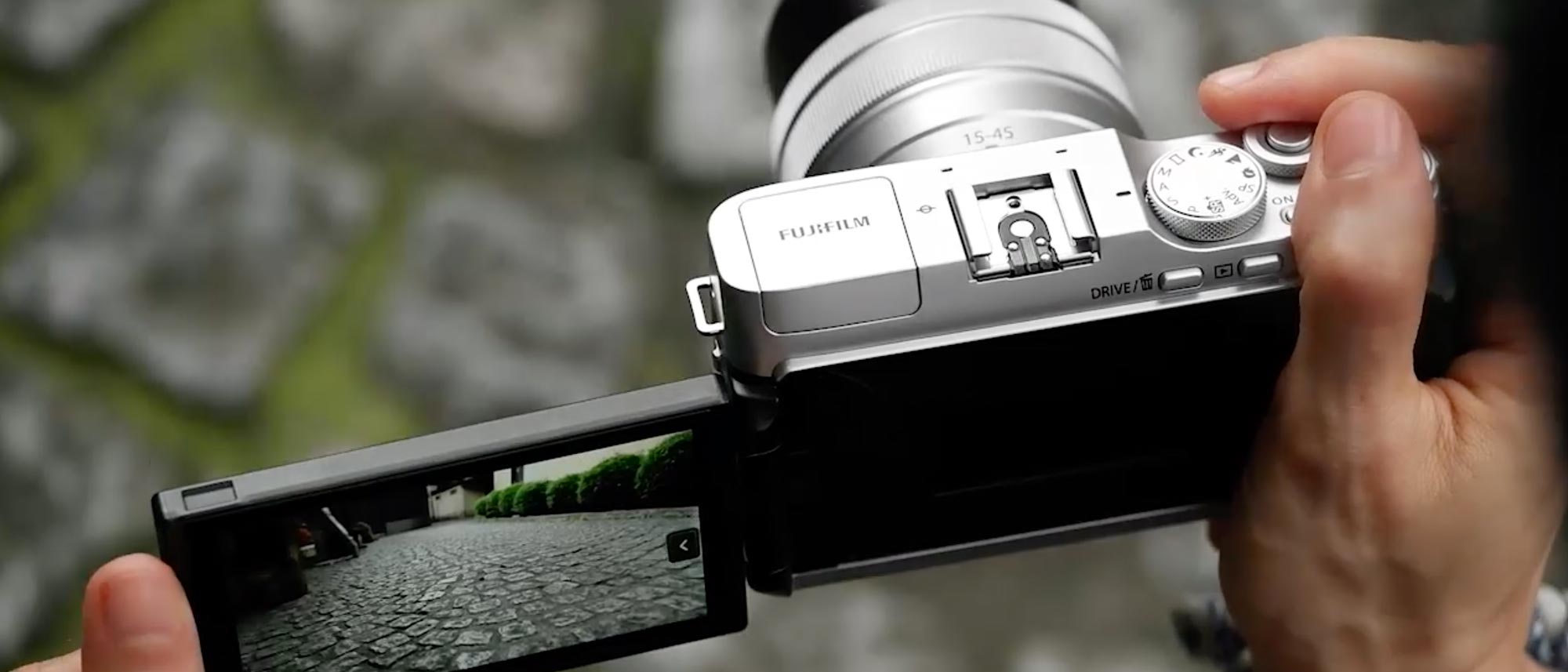Tom's Guide Verdict
The X-A7 has a brilliant design, oodles of fun, advanced features and good overall quality, but it faces stiff competition from Sony's mirrorless cameras.
Pros
- +
Retro design is handsome and handy
- +
Advanced controls and modes
- +
Beginner-level price
- +
Large, bright, rotating touch screen
- +
External mic jack
- +
Punchy color and contrast
- +
Fast autofocus
- +
Bright, crisp images and videos in low light and at high ISO
Cons
- -
No electronic viewfinder
- -
On-screen menus quickly send you down a rabbit hole
- -
Bright exposure in photos and video sometimes washes out color and detail
- -
Feeble built-in flash
Why you can trust Tom's Guide
Fujifilm attracts a kind of purist photographer who values the sleek, rugged utility of cameras from decades past, and the X-A7 offers an accessible entree into this world. At a list price of $699, this 24.2-MP camera and its 3x (15-45mm) zoom lens comprise a compact, one-pound package that's easy to carry in a knapsack, purse or even a large coat pocket. But it squeezes in a generous articulating screen that flips out and swivels around for video blogging or composing selfies. But while it's a very good camera, especially in low light, its tendency to overexpose photos in other situations moves it lower down our best mirrorless cameras list.
Who is the camera for?
The X-A7 offers beginners and intermediate-level photographers plenty of opportunity to grow their skills. Though compact, this mirrorless camera offers big performance, including ultrafast autofocus, 4K video capability and great low-light performance. It's jam-packed with sophisticated image-adjustment features — such as highlight and shadow detail controls. The X-A7 also features Fujifilm's extensive image modes, which re-create the look of the company's classic film styles. Lenses you buy for the X-A7 (from a selection of nearly three dozen) carry across a wide range of interchangeable-lens Fujifilm X-series models that feature APS-C size image sensors.
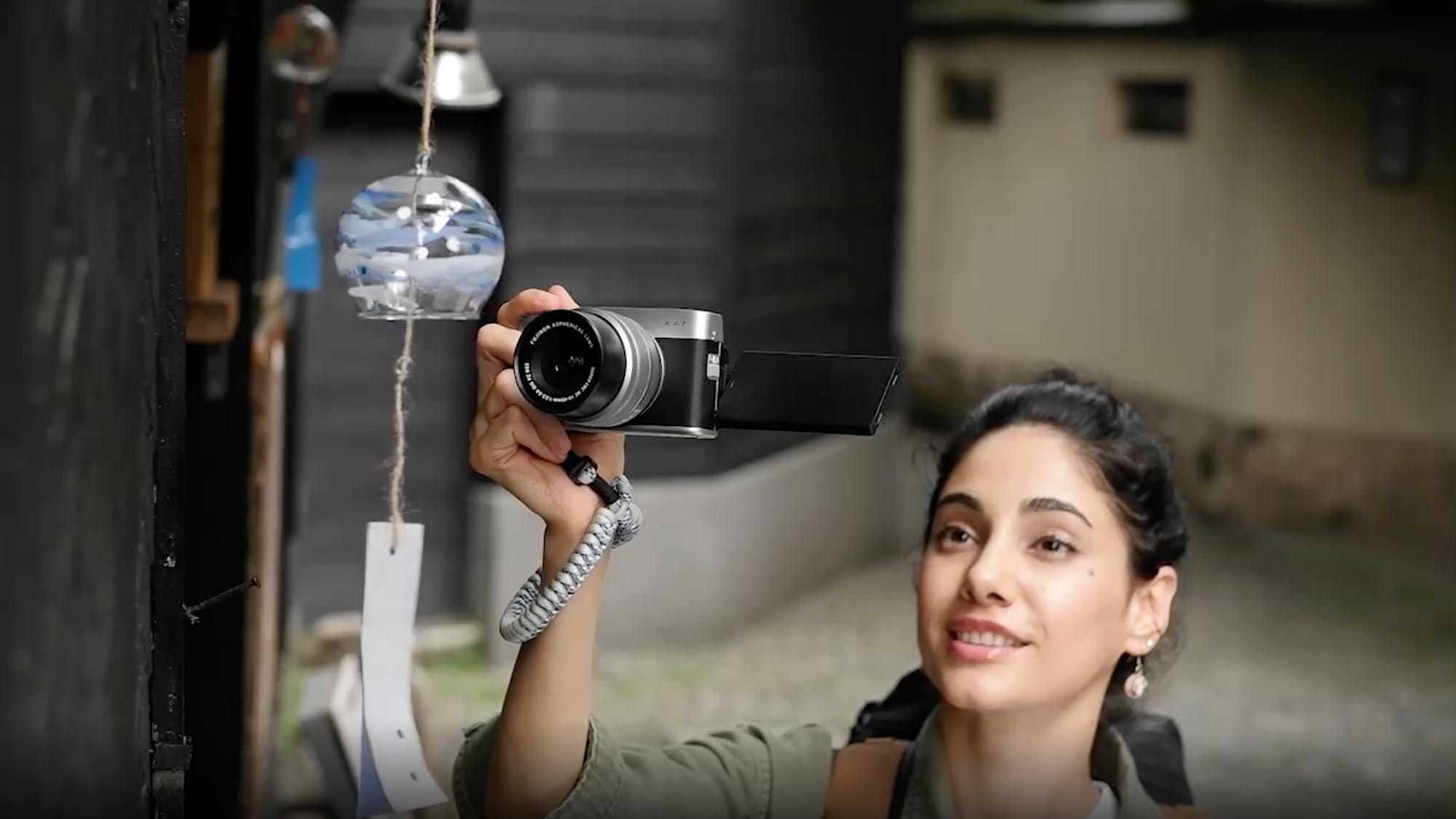
In price and capabilities, the X-A7 is a close rival to the lower end of Sony's a6xxx line. To gauge performance, I compared shots from the X-A7 to those from a Sony a6000 — the long-running leader among midrange mirrorless cameras, which still holds up — even five years after it launched. I also compared some videos and photos, including selfies, to those from my iPhone XS. (By default, the X-A7 shoots in wide 16:9 format, but I switched to 3:2 or 4:3 aspect ratio to match the framing of some shots from these comparison cameras.)
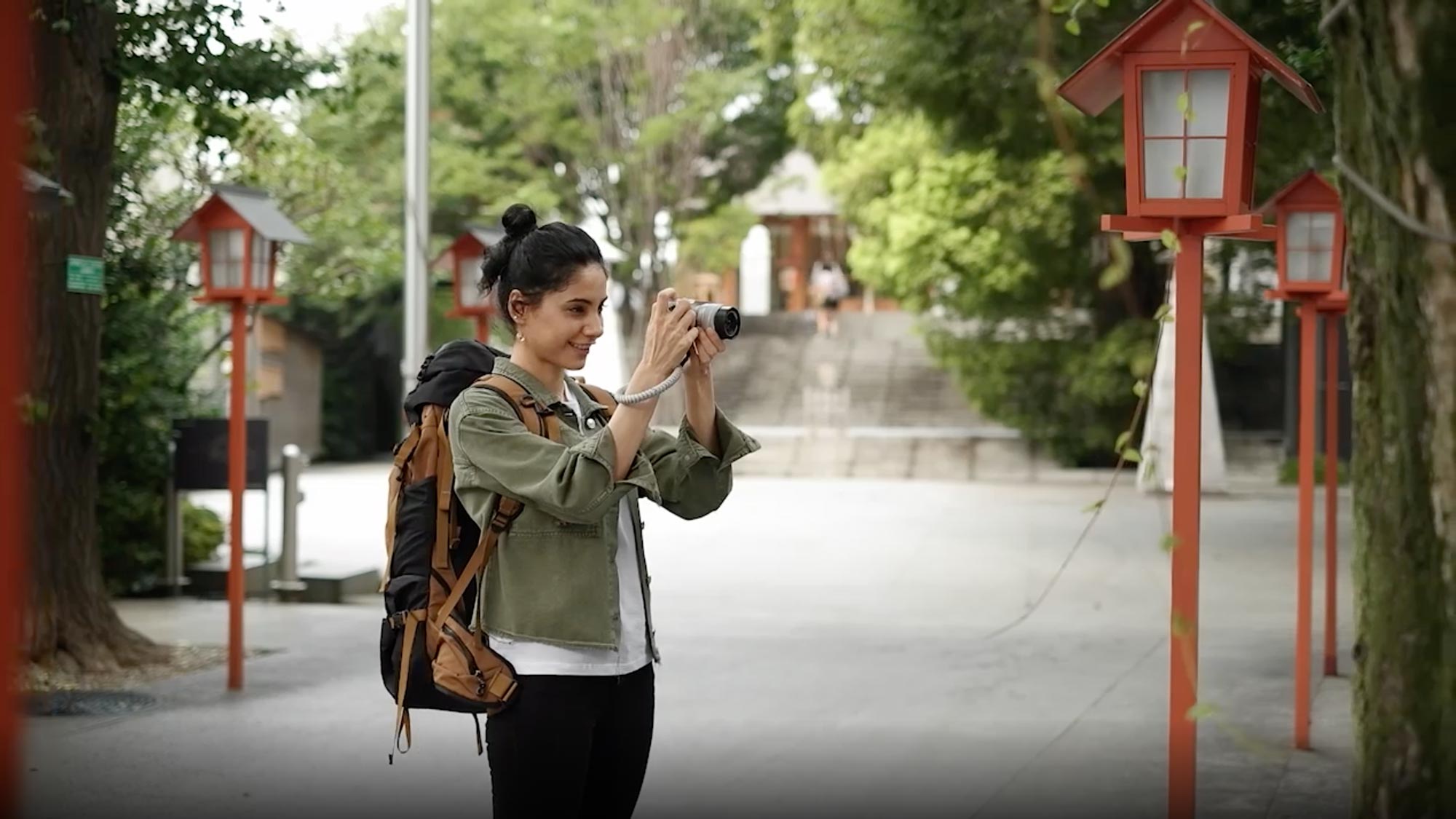
What I liked
Handsome and handy design
The X-A7 follows Fujifilm's retro-style tradition with faux metallic accents and a grippy faux-leather wrap (available in black, camel and mint green) around the polycarbonate body. The top of the camera features two solid control wheels with the right amount of stiffness so that they won't turn by accident if you brush against them. Each wheel has a handy button in the center: one to activate the shutter for still photos and one to start video recording.
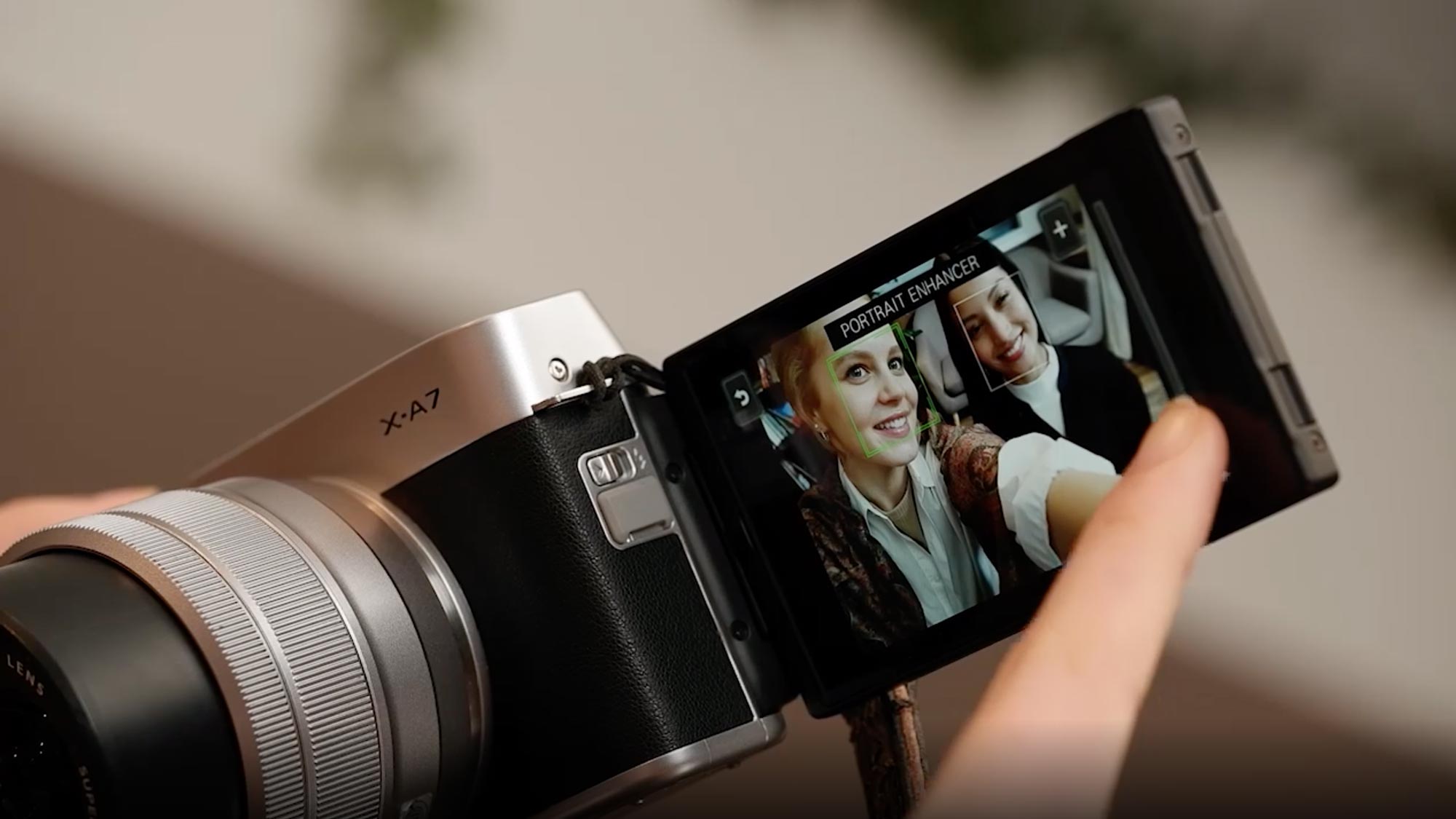
The X-A7 isn't a slave to old-school design, though. It features a 3.5-inch, diagonal LCD that flips out to the left and rotates 270 degrees for framing shots from any angle, including selfies. It's fully touch enabled — for navigating the on-screen menus as well as setting the focus or light metering point or activating the shutter. Some menu items can be quite small, but the X-A7 includes a small joystick on the back for navigating them.
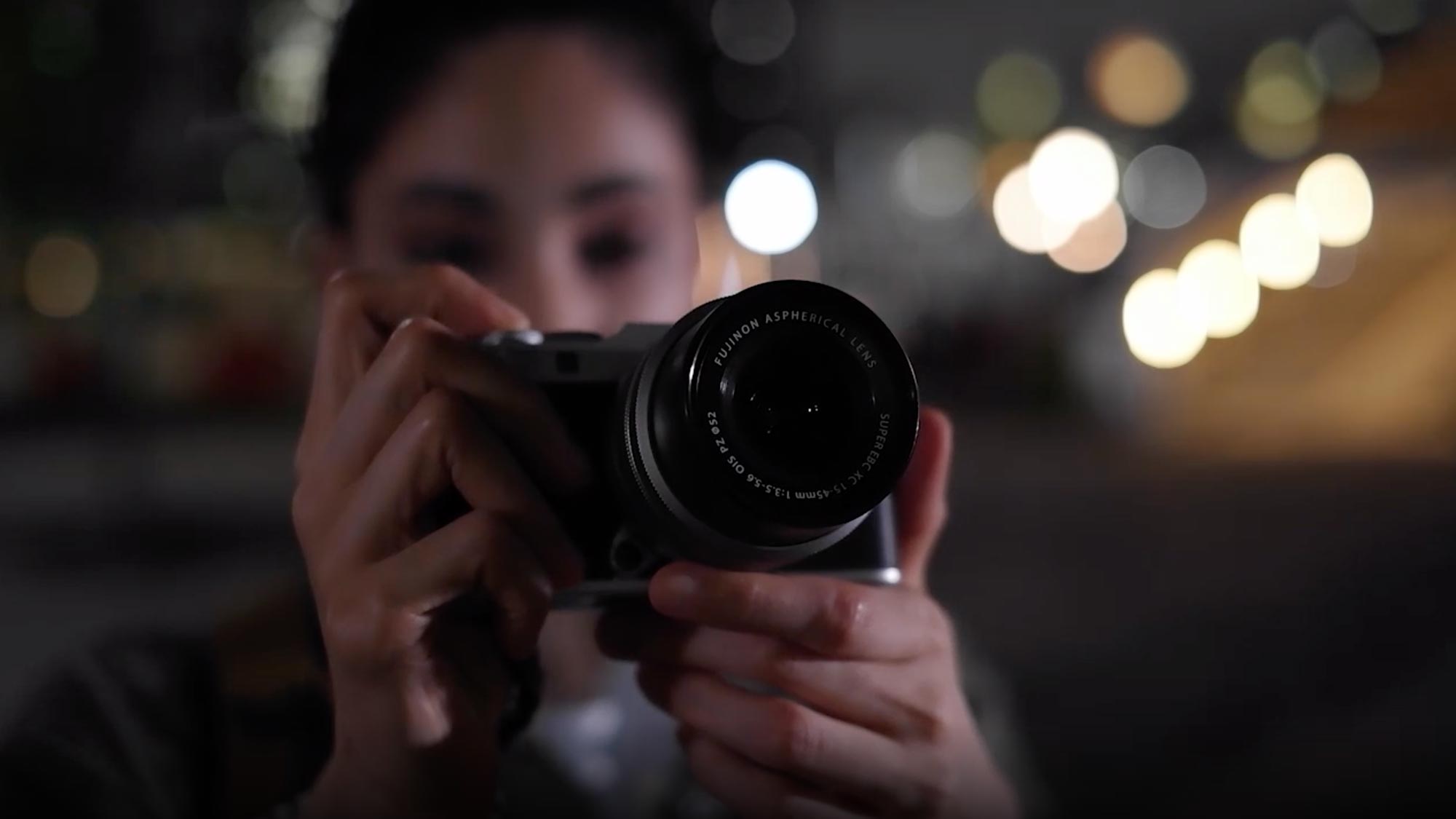
Punchy color and contrast
Despite its retro sensibilities, the X-A7 is also a product of the smartphone era. You can see this in the choice to process images with bright colors and strong contrast reminiscent of what you would see from a phone camera. A vista of San Francisco's Golden Gate Park shows a rich blue sky and dark green trees. They are not quite as saturated as in this photo from an iPhone XS, but are deeper than the one from the Sony a6000. However, the X-A7's photo also shows a loss of some detail in dark shadow areas.
Bright low-light images and video
Bright exposure is the overriding theme of the X-A7's image quality. It's welcome in night scenes, where the X-A7 lit up shadows that appeared dense and murky in Sony a6000 images. For example, we shot some photos with both cameras of San Francisco's Union Square. In the image taken with the X-A7, you can see wet paving stones glistening in the light from a giant Christmas tree. In the same shot taken with the Sony a6000, the pavement appears dark and drab, and passersby are scarcely discernible.
Just as with photos, the X-A7's tendency toward bright exposure was equally helpful in night video. (I had to increase the Sony a6000's exposure compensation to +1.3 EV to get similar results.)
The X-A7 also achieves good color and white balance in a still life illuminated with only feeble and indirect incandescent lighting. The colors of assorted pieces of fruit appear brighter, although less saturated, than in the same image from the Sony a6000, for instance.
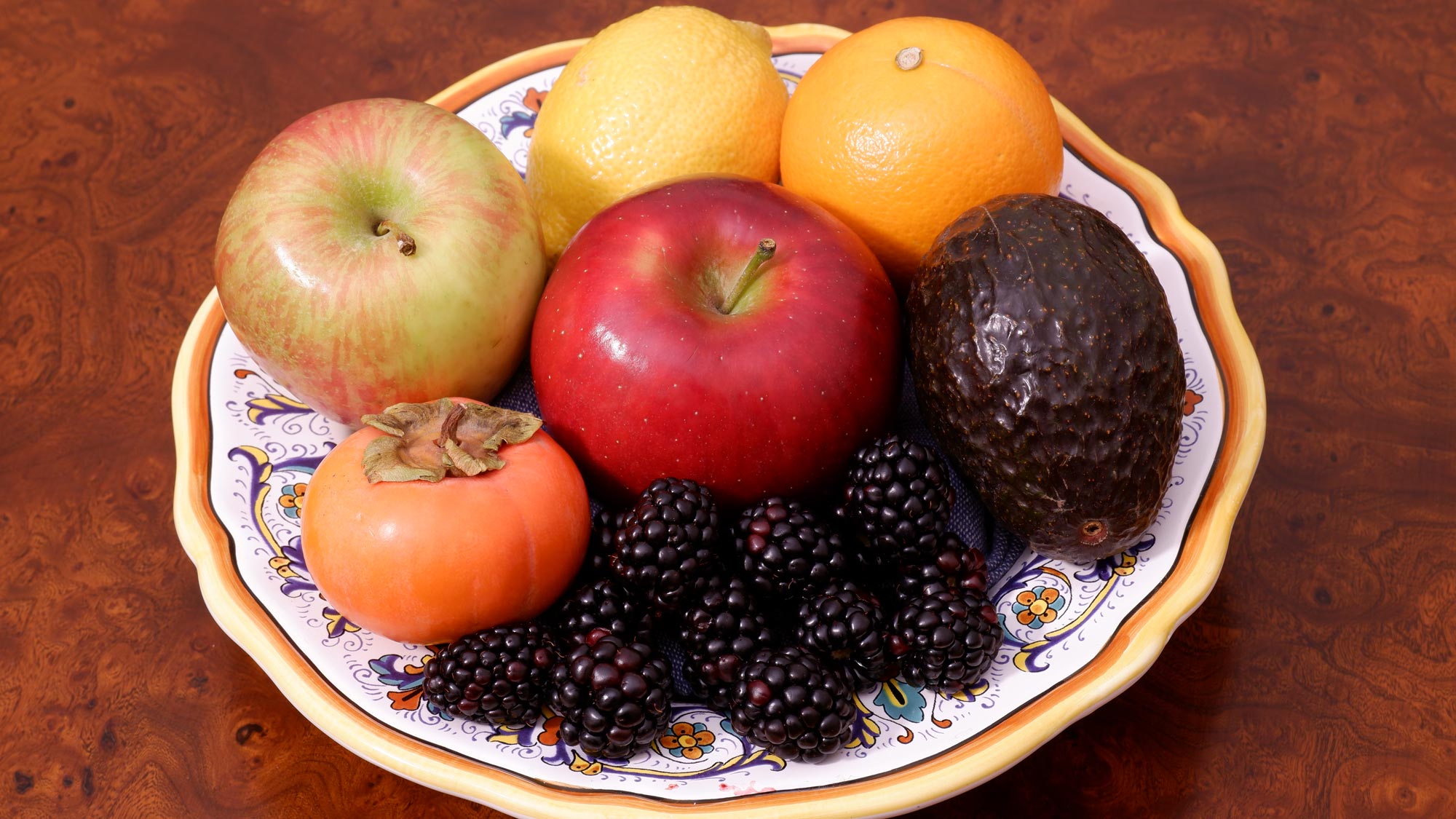
The camera is able to suppress noise very well in high-sensitivity settings, with minimal loss of detail. Images of the fruit still life viewed at about 50% size show only slight graininess up to ISO 3200 and are usable even two f-stops higher at ISO 12,800. With technology that's about five years older, the Sony a6000 keeps pace with the Fujifilm up to ISO 1600, with noticeably more grain at ISO 3200, 6400 and especially 12,800.
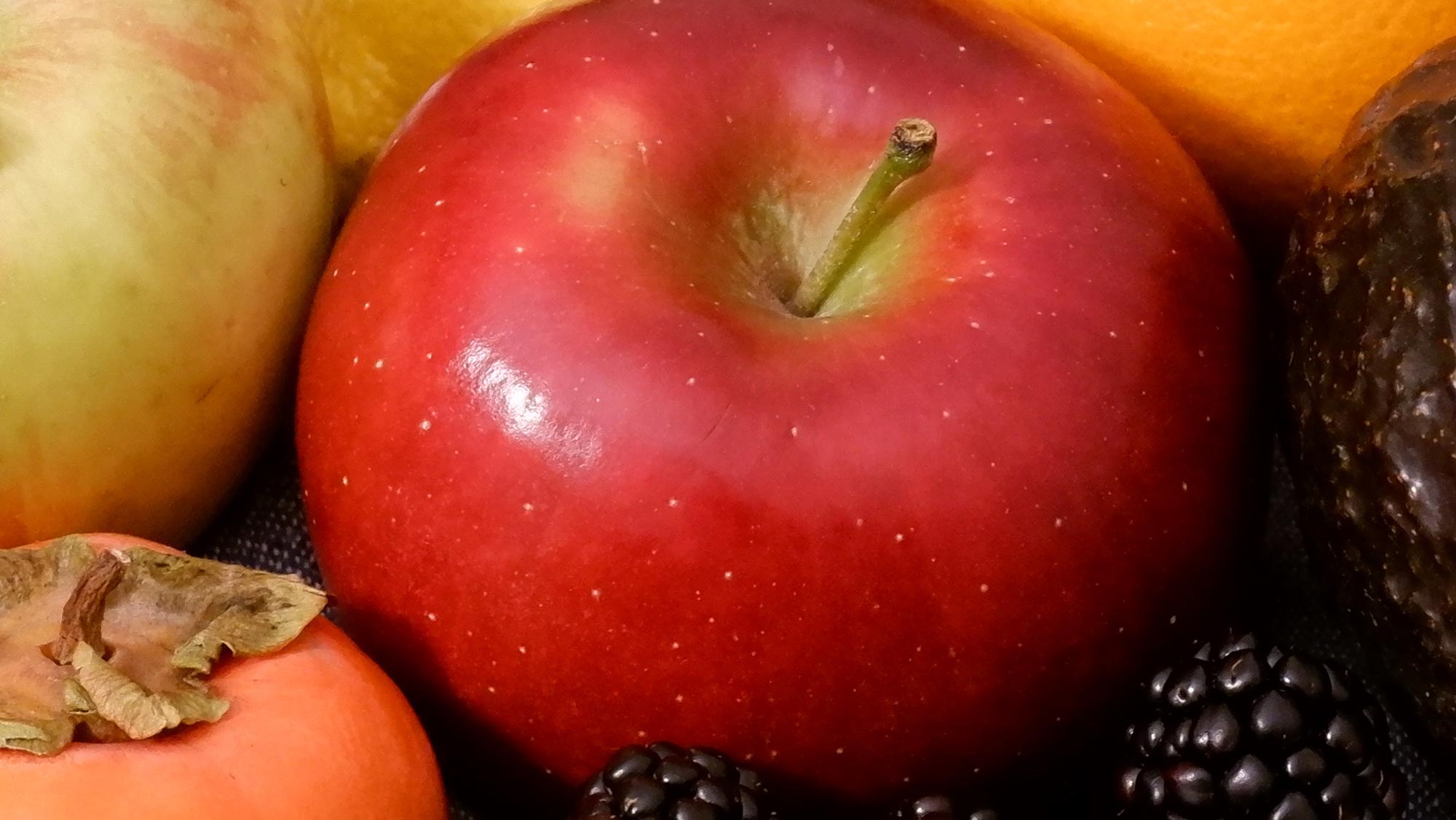
Faithful selfies
The X-A7 is well-equipped for taking photo and video selfies. Its LCD screen flips out to the side and rotates all the way around so you can eyeball your shot for a quick pic or video blogging. Speaking of eyeballs: The camera features not only face but also eye detection — assuring focus on the most important part of the face in both selfies and standard portraits. (You can set the camera to focus on either the left or right eye.) Colors were tastefully subdued compared with the same shot from an iPhone XS. The X-A7 better captured my light skin tone, which appeared a tad yellowish in the iPhone photo.
Fast focus
Boasting 425 phase-detection focusing sensors, the X-A7 quickly locked on to subjects, even by low light. It also features handy focusing controls, such as using the control wheel to easily adjust the size of the focus area and the joystick to move the autofocus spot. You can also precisely set the focus spot simply by tapping anywhere in the preview on the touch screen.
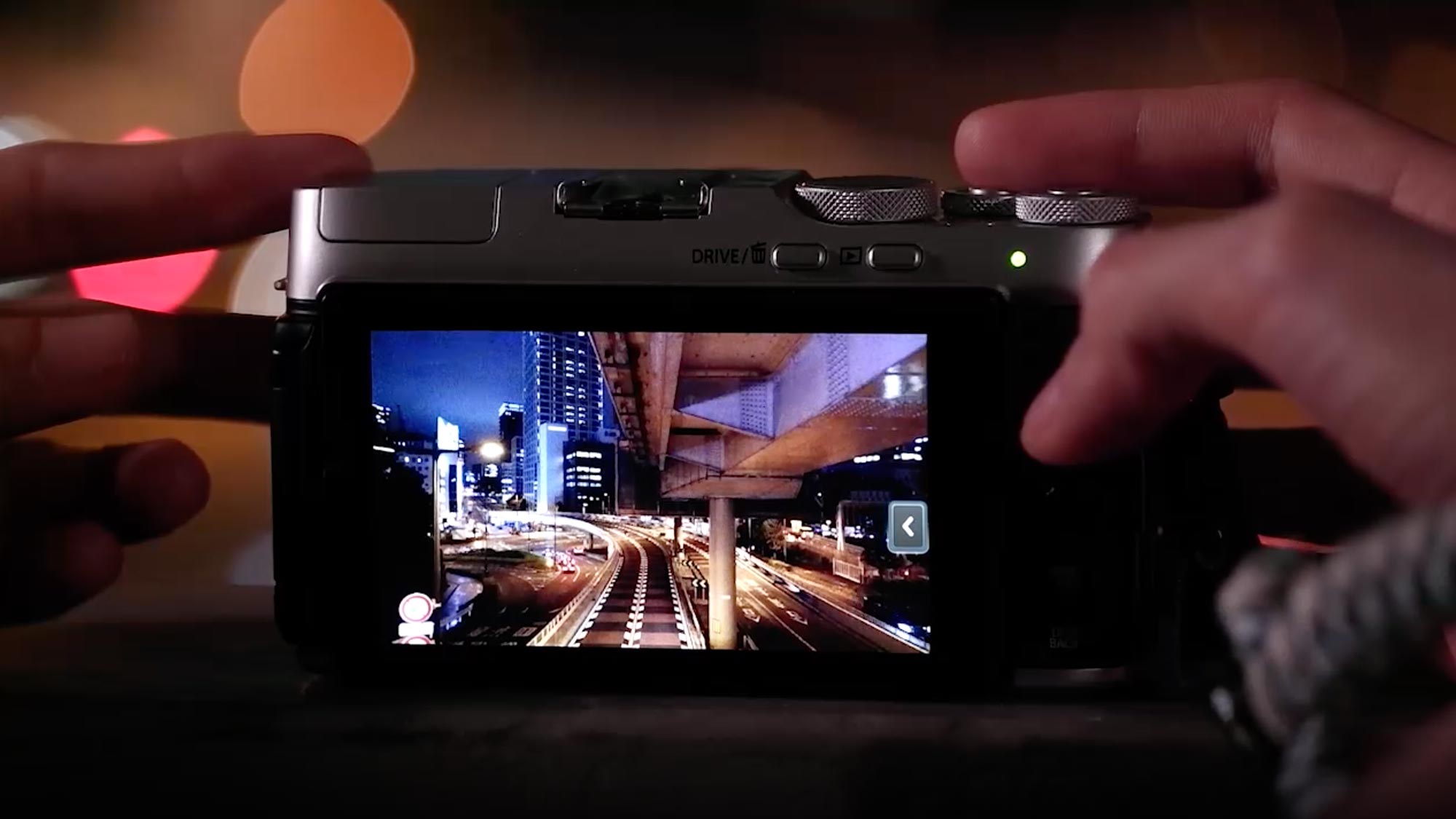
Crisp videos
The X-A7 captures good-looking video in both HD and 4K resolutions. This is clear in 1080/60p footage of birds swimming on a pond in the park. With the focus set to a wide central part of the screen, the video stays sharp, with only the occasional momentary blur as a passing bird causes it to go hunting. Though the weather was overcast, the camera brightened up the scene as well as could be expected.
Unlike the older Sony, the Fujifilm X-A7 can capture 4K video at 30 frames per second (newer Sony models, such as the a6100, match that 4K capability). The Fujifilm's 4K footage appeared much sharper than HD clips, even when played back at HD or smaller resolution (as in the sample below). But at a max speed of 30 fps, the video can make fast-moving subjects (like skittering birds) look a bit choppy. The iPhone XS can capture 4K at 60 fps for sharper, smoother movement. The iPhone XS also has a slightly richer contrast. (These clips were shot on a brighter day than when the HD clips were captured.)
External microphone jack
The high point in video is the A-7X's input jack for a stereo microphone. I slipped my Sony XYST1M stereo mic ($140) into the camera's hot shoe, attached the cable and got much clearer results. In clips of a pond in Golden Gate Park, the front-facing stereo mic system cut out both wind noise and the rush of cars speeding by down the hill behind me, allowing the sounds of chattering birds to come through clearly. (The Sony a6000 also features an external mic jack, and the a6000 accepts some Sony-made mics attached via its hot shoe.)
Advanced modes and controls
Fujifilm has always catered to photo geeks, and the X-A7 follows suit. By default, it's set to emulate Fujifilm's Provia film style for fairly neutral color rendering. But you can choose several other modes, such as the more-saturated Velvia style. There is also a sepia-tone mode and various black-and-white modes.
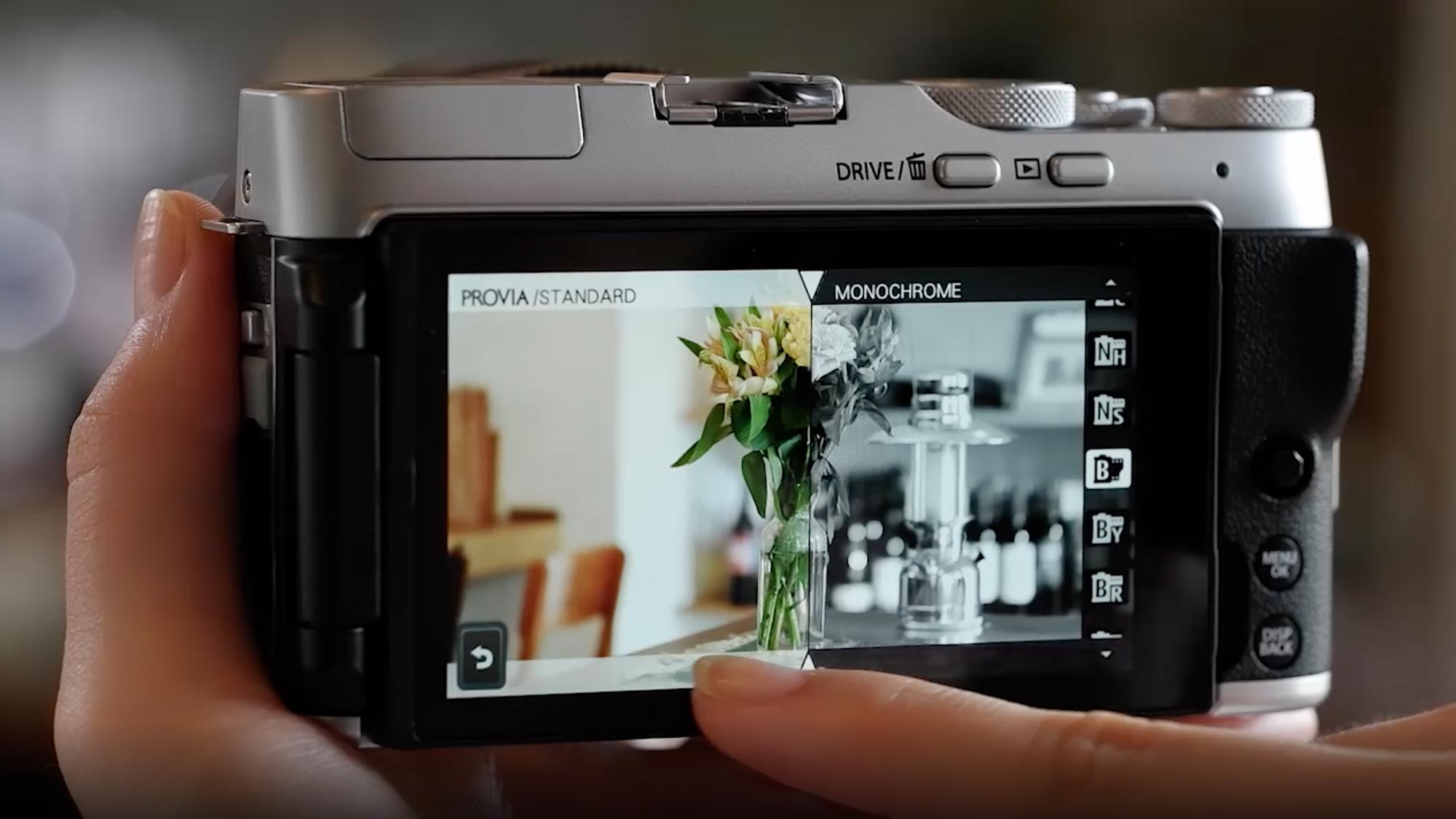
Two of the X-7A's advanced in-camera image adjustments are especially handy. The first, Highlight Tone, can recapture detail in bright areas like clouds when set to +1 or +2. The second, Shadow Tone, helps bring out detail in dark areas when also pushed to +1 or +2.
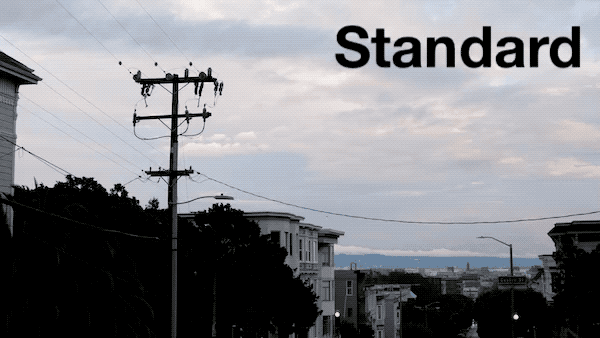
What I didn't like
No viewfinder
One feature I truly missed was an electronic viewfinder — something I would expect in a camera at this price. It's much easier to preview (or review) shots in an eyepiece than on a rear screen when in bright light. Rival Sony cameras — like the a6100 — include crisp OLED viewfinders (although smaller rear LCD screens).
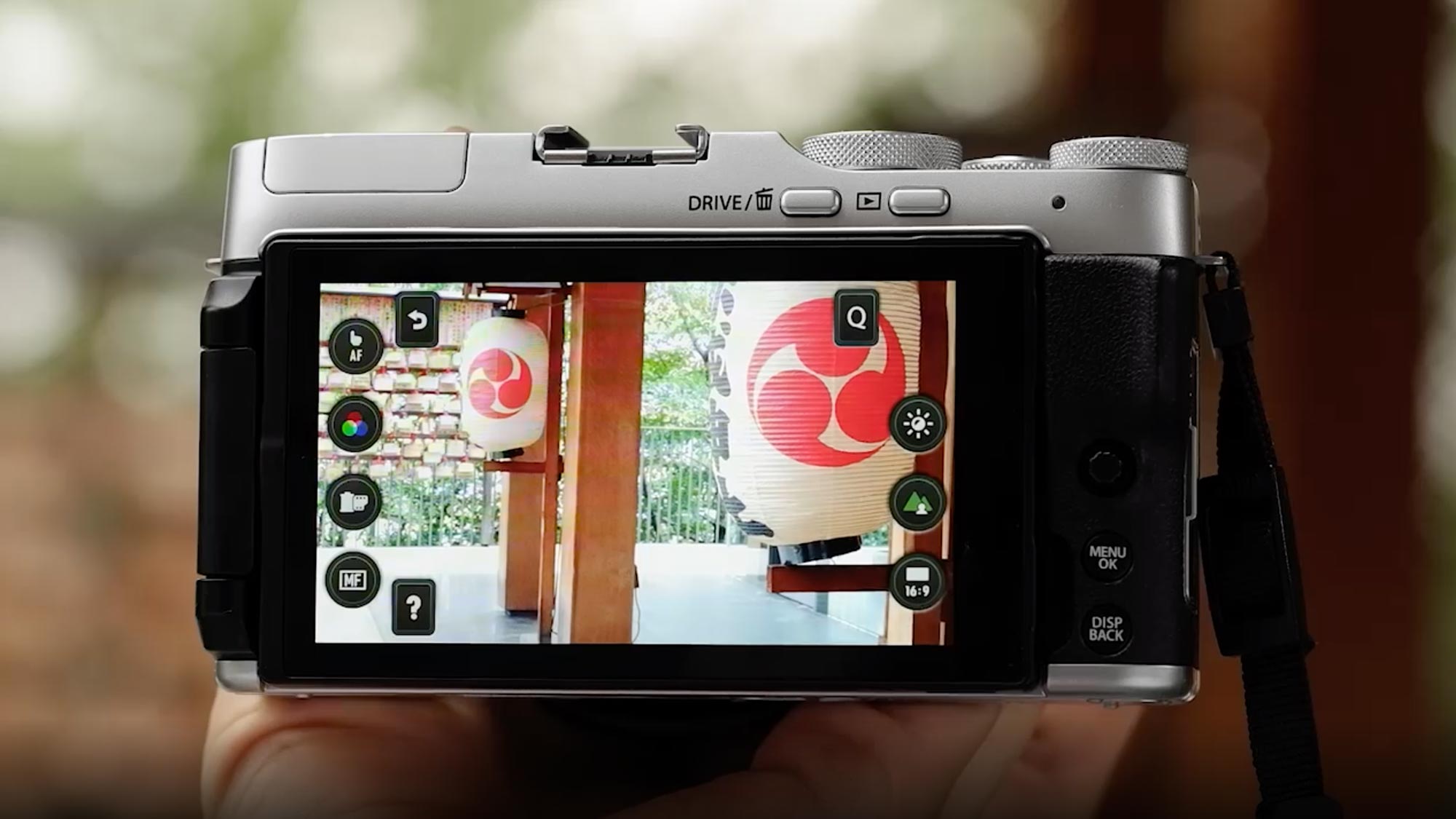
Dense on-screen controls
With fewer physical buttons than rival cameras, the X-A7 offloads control to on-screen virtual buttons for one-tap access to settings such as exposure compensation or focusing mode (single, continuous or manual). A second-level screen includes 15 buttons for other adjustments such as white balance and ISO sensitivity. That's already a lot of tapping, making it hard to switch settings quickly as shooting conditions change. You can customize the virtual buttons, but that's an arduous task. It took 35 clicks of the joystick to reach the customizing options in the dense main menu screens.
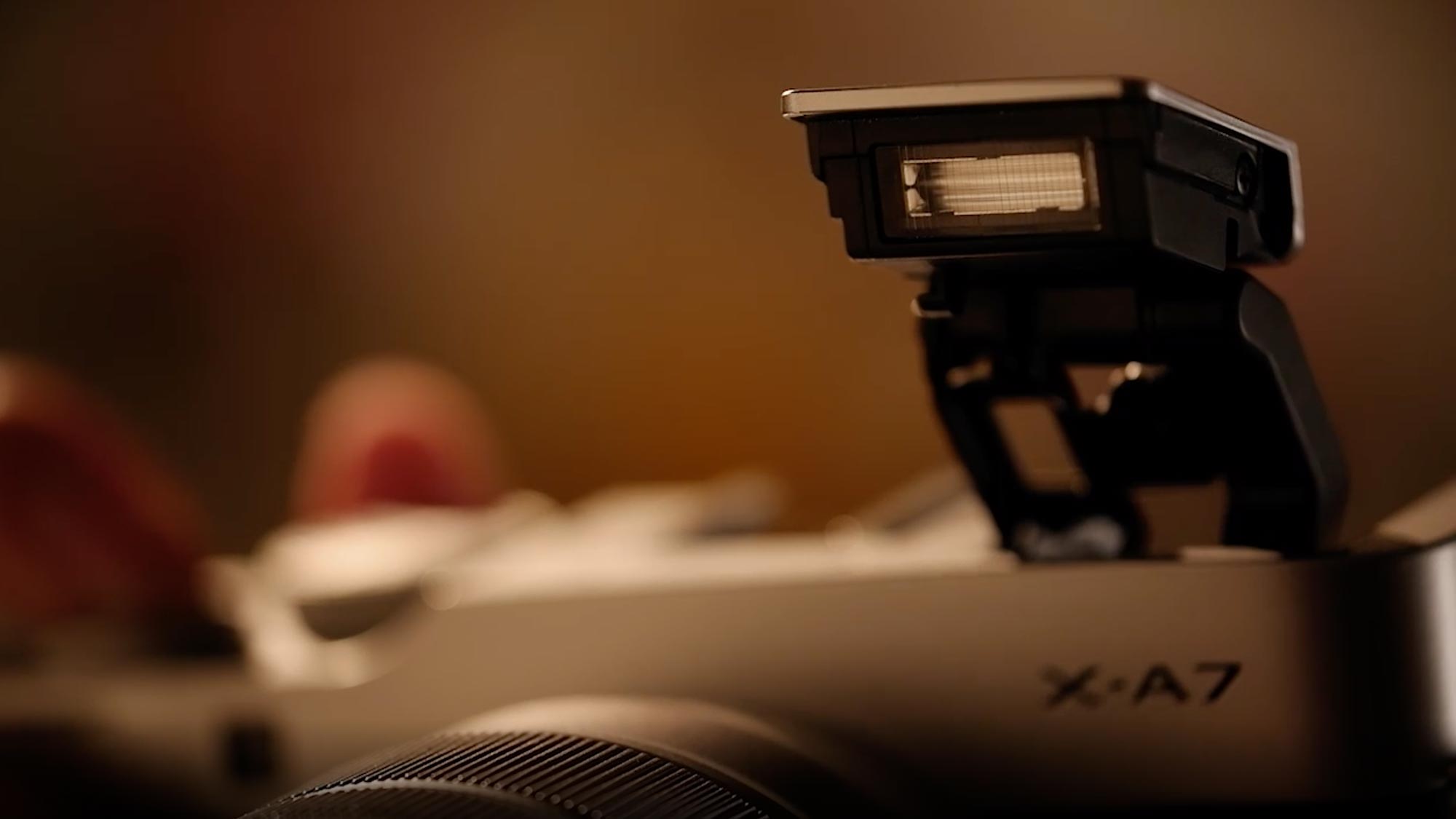
Tendency to overexpose photos
The X-A7's photos consistently appear brighter than those from both the Sony a6000 and the iPhone XS. (I shot all photos, and videos, in the default "Multi" metering mode — which averages values across the frame — and in equivalent modes on the comparison cameras.) This seems pleasant at first, but on closer inspection shows a loss of detail in overexposed highlights, including skies and foliage, as in these views of the park.
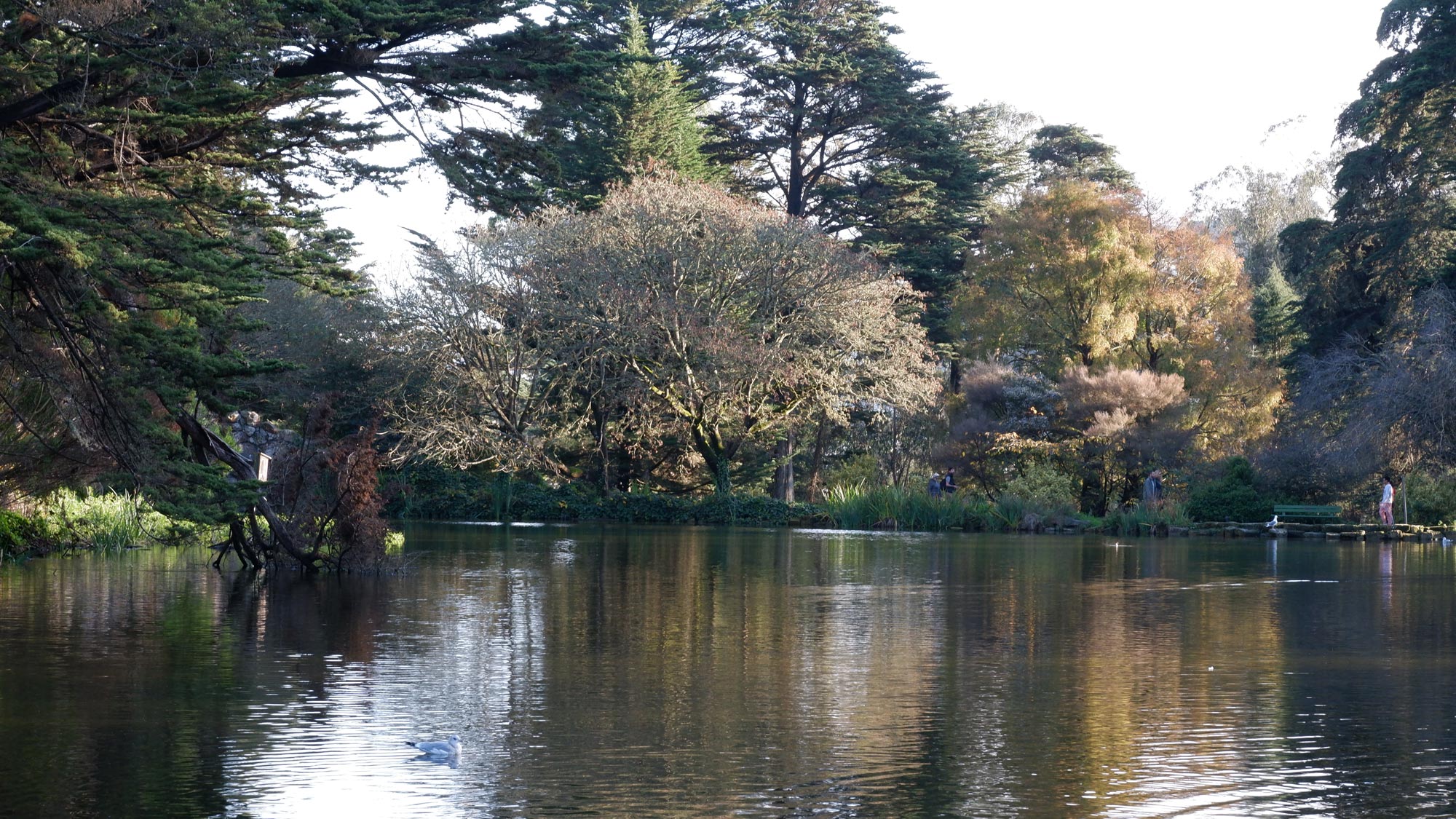
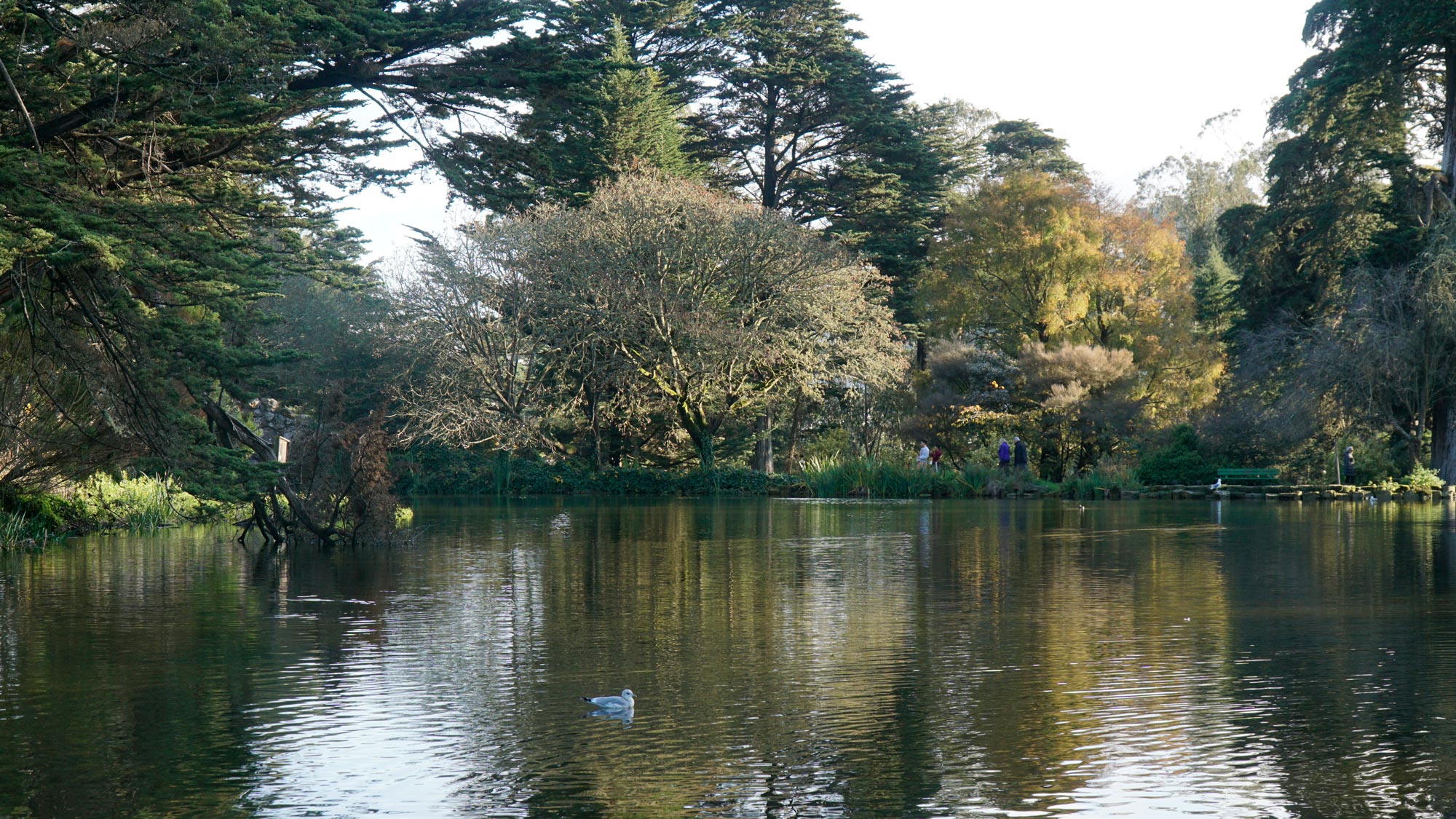
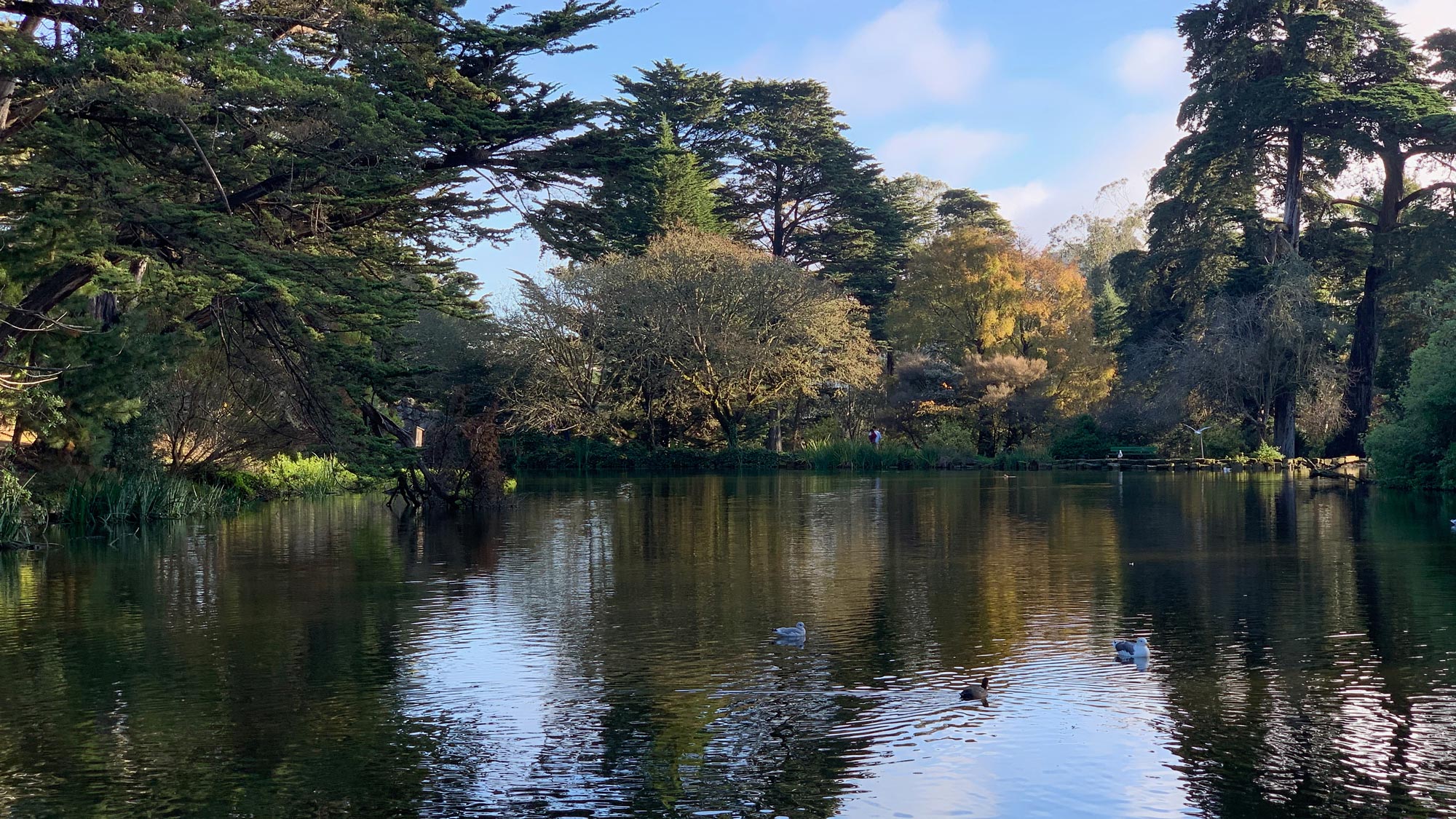
The bright exposure can also produce a faded look to colors, as in this assorted-fruit still life shot in light shadow on a slightly overcast day.
Feeble built-in flash
The X-A7's built-in flash is underwhelming, even for fill flash. The Sony a6000's integrated speedlight easily illuminated the shadowed branches of a tree in the foreground of the photo. The X-A7's flash scarcely lit the tree at all.
Bottom line
The X-A7 is a lot of fun to shoot with, given its handsome, compact design and oodles of specialty features such as film modes. Crisp, low-light images and videos are the standout performance features, with minimal noise at hitherto unusable ISO levels. The tendency to overexpose images gives us pause, however, as do the complex controls, weak flash and lack of a viewfinder. Were the camera priced a bit lower, these might not be stumbling blocks. But at over $700, it faces stiff competition from the new, similarly priced Sony a6100 and even the deeply discounted a6000. Each still represents a slightly better overall value. But the X-A7 is a strong performer, and the choice of camera is about experience as well as output. If you love the unique styling and features of Fujifilm cameras, the X-A7 may still be worthwhile for you.
Sean Captain is a freelance technology and science writer, editor and photographer. At Tom's Guide, he has reviewed cameras, including most of Sony's Alpha A6000-series mirrorless cameras, as well as other photography-related content. He has also written for Fast Company, The New York Times, The Wall Street Journal, and Wired.
